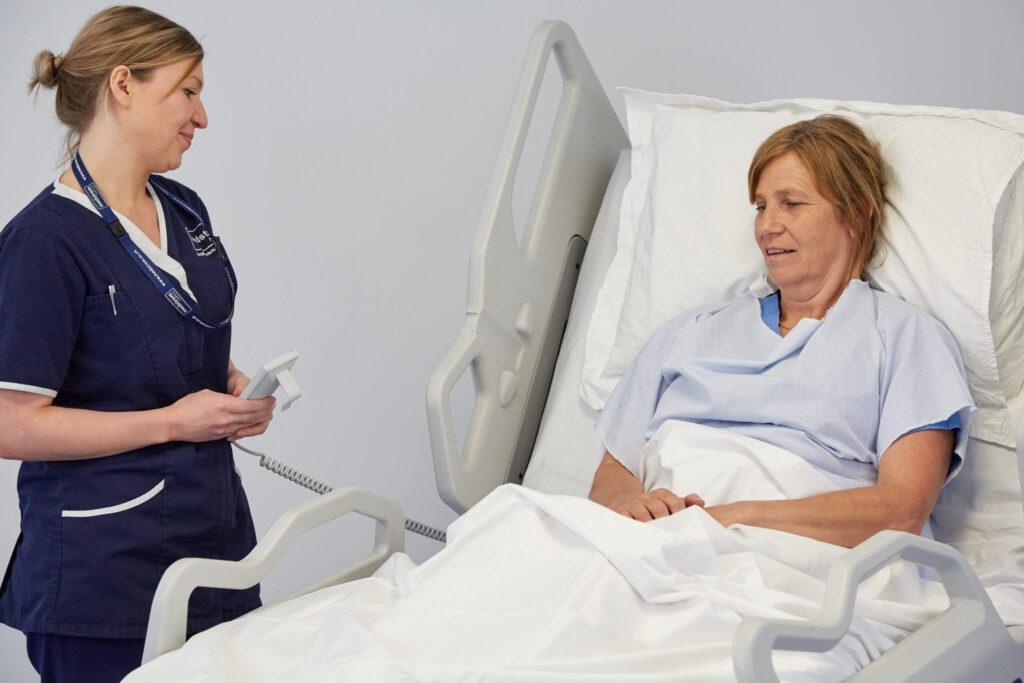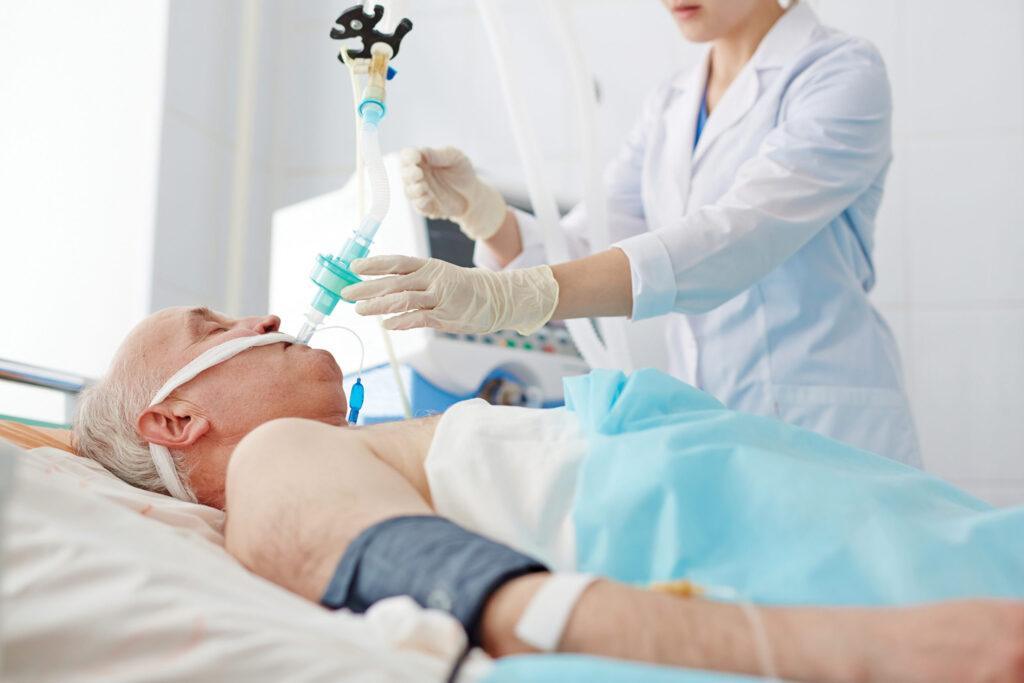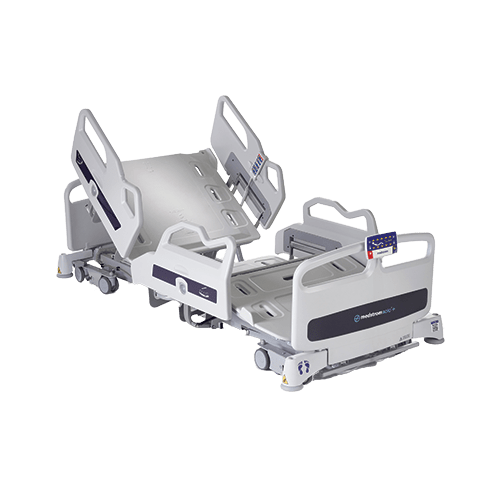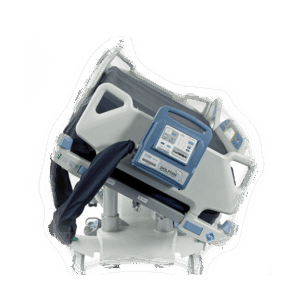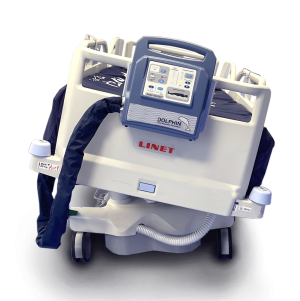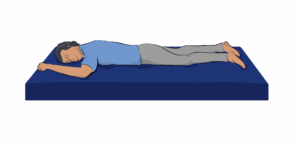
Why are Almost a Third of Ventilated Patients at Risk of Ventilator-Acquired Pneumonia (VAP)?
When a patient is confined to bed there is a tendency for mucous to pool, due to gravity, in the lower part of the airway (Corcoran, 1981).
These accumulated secretions can swamp the cilia (lower part of the ciliary escalator), reducing its function. These effects are often compounded by dehydration, leading to the pooled mucous becoming difficult to expectorate.
What can you do to reduce the risks of VAP in immobile ventilated patients?
Multicare
The Multicare has features that help support early mobility and can be used to treat or prevent pulmonary or other complications associated with immobility.
Automatic Lateral Therapy featured on the Multicare allows secretions in the chest to be mobilised, reducing this risk and helping staff provide postural drainage where secretions are causing inefficiencies in ventilation.
Unlike cushion-based rotational systems that concentrate mobility solely on the patient’s chest, Multicare mobilises the whole body laterally. This helps to minimise all complications of immobility by:
- maintaining mobility of chest secretions
- maintaining mobility of the gut
- preventing stasis of urine
- continually stimulating muscular and skeletal systems
- maintaining mobility of blood flow including
- pulmonary blood flow to maximise oxygenation
For more information on how Multicare can benefit your compromised patients, please email info@medstrom.co.uk or call 0845 371 1717 to speak to one of our RGN Clinical Advisors.
